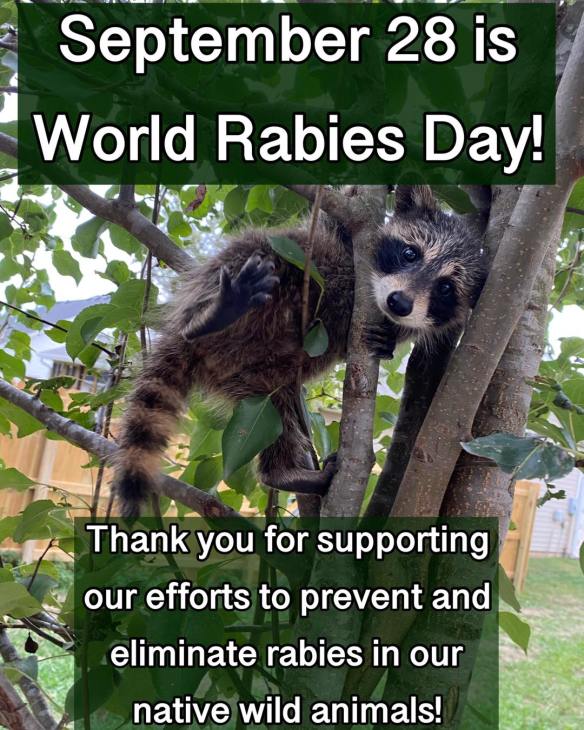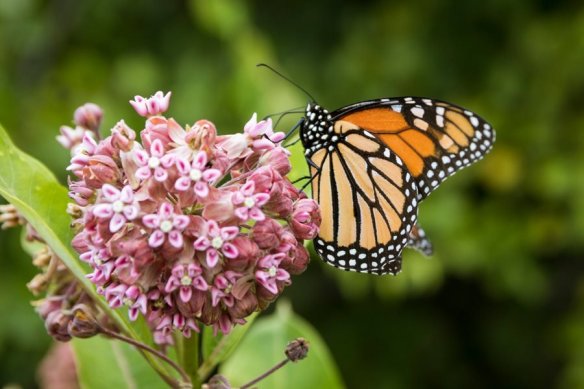Today is World Rabies Day, a day to raise awareness about the disease and the “vectors” that carry it like skunks, foxes, raccoons, and bats. While the vast majority of wild critters don’t have the virus, it’s still a real and present risk to the welfare of our native wildlife and to the safety of humans and livestock.
About 50% of calls received by animal rehabilitators involve animals with central nervous system infections. These groups work with local animal control officers and the USDA to ensure that these animals are tested for rabies. (Most of these cases turn out to be canine distemper, another fatal and painful viral infection.)
Please have all of your pets vaccinated against rabies and get regular booster vaccines. Do not handle wildlife or take animals from the wild as pets. While the risk of rabies is relatively low, the virus is out there. Animals with rabies don’t always exhibit the drooling, staggering, or aggressive behavior that we would normally recognize as symptoms of rabies. Sometimes they will act overly affectionate.



